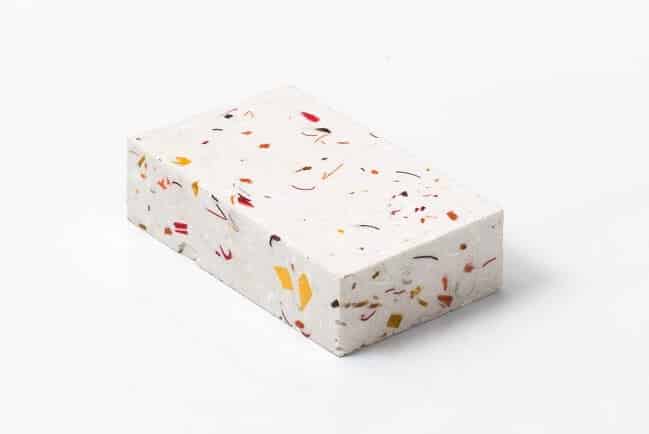Through the use of data-mapping in her artistic practice, Ukrainian-Australian artist Stanislava Pinchuk records the changing topographies of war and conflict zones, turning memory held in past and present histories of the landscape into beautifully articulated artworks – some pose subtle shifts in motion on the surface of their host, while others hold firm to the materiality of peoples experiences of loss and displacement.

Scoping five major bodies of work, ‘Terra Data’ at Heide Museum of Art in Melbourne presents the first survey exhibition by Pinchuk, showcasing work made between 2015 and 2020. Pinchuk’s works have a quiet visual appeal, such as we see here in the intricate pinhole illustration on paper titled Unpaved ground, yet each work resounds deeply considered reflections of what is lost in the dark shadows of past political events; the hostilities of war, the devastation of nuclear disaster, and the lasting impact on the environment and the people who must endure it.
Among this survey of over 40 artworks, Pinchuk presents surface topographies mapped in the folds of fabric sheets and across sonic notations in the Surface to Air series. With a focus on the first year of the Ukrainian Civil War, Pinchuk reveals how the residues of war and conflict exist in the surface layers of the land and permeate the air. The history and visual language of women’s traditional textile practices from around the world play an important role in the creation of these artworks. Pinchuk draws inspiration from women’s craft and storytelling that we see in the design work and patterning of Afghan war rugs, political Kanga, American Civil War quilts and European battle tapestries.

Pinchuk’s Sarcophagus series, points to the collection of nuclear memory held in radioactive ground variations around Reactor 4 at the Chernobyl Nuclear Power Plant in the Ukraine, measuring levels of radioactivity in the landscape and in concrete laid before and after the nuclear disaster of 1986. Within a year of making Sarcophagus, Pinchuk recorded fresh landscape topographies after radioactive top soils had been removed from the Exclusion Zone at the Fukishima Daishi nuclear reactor in Japan, constituting the basis for the Fallout series. These new topographies illustrated as intricately woven fish nets interpret the artist’s understanding of the impact of nuclear disaster on land and water and the complexities of containing radioactive matter.
Drawings and sculptures featured in the Border series reflect on the Calais ‘Jungle’ refugee and migrant camp in France, which saw the forced evacuation and displacement of its community in 2016, and subsequently the abandonment and desecration of that place. Mapping-data from the deserted camp filters across a series of meticulously detailed pinhole drawings and in sculptural objects designed to preserve, and in a sense memorialise, personal items left behind by those who fled. Pinchuk has produced a series of terrazzo blocks imbued with memory of human existence in material fragments, including SIM cards, shotgun shells, tent poles, shoes, toothbrushes, and other objects, once belonging to these displaced people.

“Stanislava Pinchuk’s art reveals the deep connection and sensitivity she has to place, and her understanding of the fragility of life and landscape. While she takes places of political and physical conflict as her subject matter, her drawings attend more to the aftermath than the battle – the emotional scars and consequent suffering, which are expressed in beautiful drawings and sculptures. Her alertness to the past being ever present is reinforced in the way Stanislava makes her works; they are rendered meticulously and mindfully, pinhole by pinhole, acknowledging the labour and time-honoured traditions of women’s creative practices,” says Heide Museum of Modern Art Director Lesley Harding.
Stanislava Pinchuk: Terra Data, a survey exhibition is on display at Heide Museum of Contemporary Art until 20 June 2021.
Images: Courtesy the artist and Heide Museum of Modern Art, Melbourne